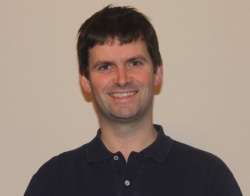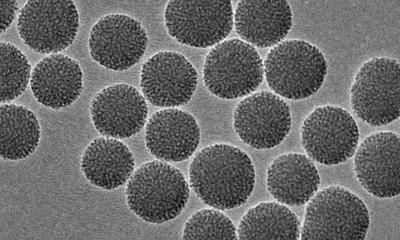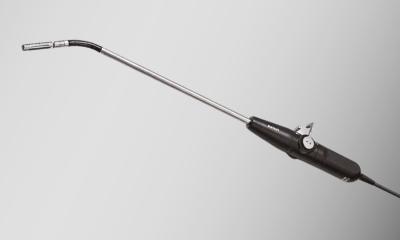Orthopaedics and pulsed ultrasound
Ultrasound shows significant success in helping to heal badly damaged bones, Mark Nicholls reports. Doctors in Glasgow, Scotland – where ultrasound was pioneered some 50 years ago – have found that low intensity pulsed ultrasound (LIPUS) can speed up recovery in patients with serious fractures by more than a third.


The technique is being used in the fracture clinic at Glasgow Royal Infirmary by orthopaedic surgeon Angus MacLean. However, this painless ultrasound treatment, currently costing about £1,000 (€1,200) per patient, is only used on complex fractures where there may be problems healing.
Over time, however, hopefully the cost will fall and ultrasound will prove an efficient, cost effective method to help heal common fractures along with more complex ones such as non-union fractures -- defined as the point when bone healing has stopped and will not proceed without some type of intervention. The ultrasound is delivered through a probe and vibrates the cells, which then stimulates production of new bone cells and helps speed up bone healing and regeneration, Mr MacLean explained.
One patient he treated using low intensity pulsed ultrasound (LIPUS) had severely broken his ankle after falling six metres, causing concerns that the degree of injury would result in amputation. Following the ultrasound treatment the patient made a good recovery within a few months. ‘Before we used ultrasound I would expect to see this kind of injury healing with some difficulty -- some of them don't heal at all,’ the surgeon pointed out.
‘Even if they do heal, it can take between six and 12 months and, during that time, patients have on-going pain.’ Evidence suggests a 40% speed increase in healing, he added, ‘But the main interest for me is to use it to ensure the bone heals rather than the bone not ‘knitting’ together, which then leads to serious problems.’
The technique has been approved by the UK regulatory body, the National Institute for Health and Clinical Excellence (NICE), which said the use of LIPUS technology represents a safe and effective treatment option to reduce the healing time in patients with bone fractures, and concluded that the technology provides clear clinical benefit, particularly in patients experiencing delayed healing and non-union fractures.
The recommendation was made following analysis of clinical data from over 1,900 patients via a meta-analysis of 13 individual randomised controlled trials (RCTs), information from additional RCTs and registry data, plus specialist guidance from the British Orthopaedic Association (BOA) and British Limb Reconstruction Society (BLRS).
Commenting on the NICE ruling, made a few months ago, Mr MacLean said, ‘By preventing complications before they occur and by accelerating healing there is significant potential for this technology to actually save money for the National Health Service and the public purse by reducing the need for surgery and returning patients to work more quickly than before.’
It was work in the 1950s by obstetrician Professor Ian Donald and colleagues at the Glasgow Royal Maternity Hospital (GRMH) that led to the first diagnostic applications of the technique. He had first explored the use of ultrasound after seeing it used in Glasgow shipyards to look for flaws in metallurgy and he used industrial ultrasound equipment to conduct experiments on various anatomical specimens and assess their ultrasonic characteristics.
With medical physicist Tom Brown and fellow obstetrician Dr John MacVicar, he refined the equipment to enable differentiation of pathology in volunteer patients, reporting his findings in The Lancet in June 1958 as, Investigation of Abdominal Masses by Pulsed Ultrasound. They later refined the technique for obstetric applications and, in the years since, ultrasound has become one of the most common medical technologies in the world.
12.03.2012











